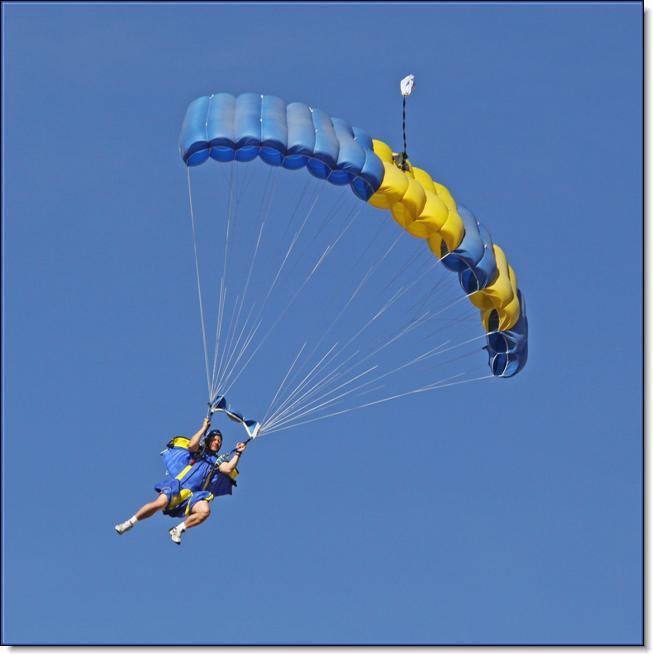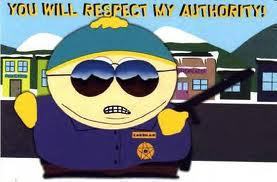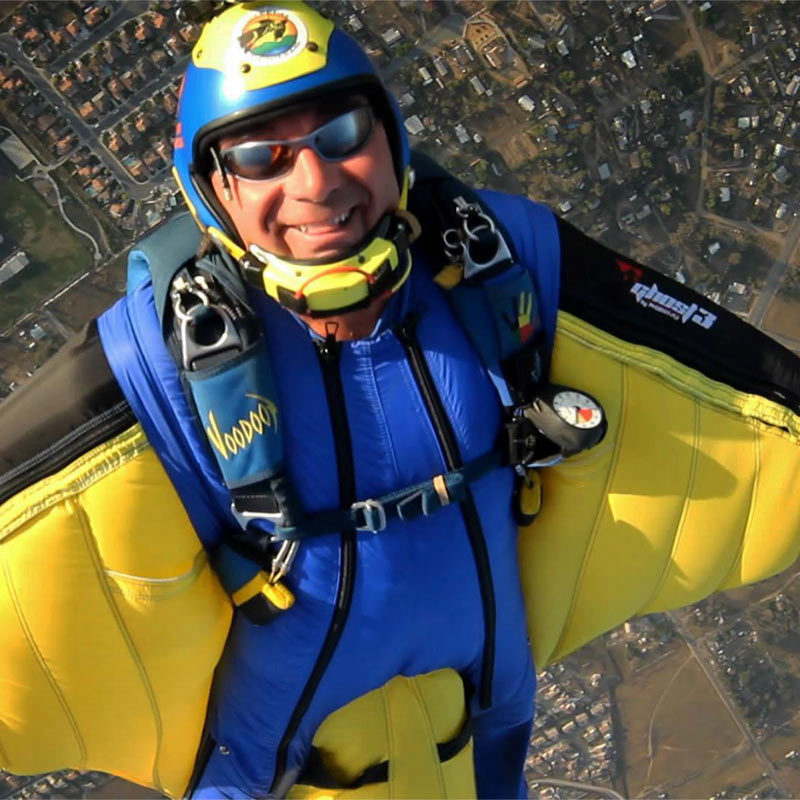Recommended Posts
Kynan1 0
Open the file, go to "Print With Preview" click on "Scale To Fit Media" go to "Page Setup" choose orientation "Landscape" quality "High" and then click "OK" to print.
The attached images will walk you through the process.
Normally softwares like Photo Shop, Ulead's Photoimpact, or Canon's Digital Photo Professional (this one is free from Canon's web site) will allow you to set your cropping tool for the desired aspect ratio.
So make the long lecture short, to preserve the best quality you just crop your image to the desired aspect ratio and save it in the resulted pixel numbers. If you crop out something small like 800x600 from the 3456x2304 that will be your remainig maximum resolution, and won't allow you to print a nice quality photo. More pixel=More detail.
Also softwares allow you to "upsize" images but you won't gain any more detail just the existing pixels will be multiplied, that picture still will look pixelated on the print.
Resizing (make it smaller) is for the Internet or for applications when you don't need large files, the picture doesn't need to be displayed in a large physical size (lrager print or full screen on a WUXGA monitor)
There’s another factor which can effect on the picture quality if you are using JPEG files.
At any given resolution you still need to determine the compression ratio. On simpler softwares you just normally select the quality on the jog bar’s scale between 1 and 10 (higher is the better). But more sophisticated ones will give you lot more options like determinate sub sampling (YUV411, YUV422), progressive or optimized, and etc.
To understand these require further studies, but normally if just choose 100% on any photo application will give you a good quality.
And finally make sure your monitor is set properly too.
Good luck!
-Laszlo- www.laszloimage.com
jtval 0
I will try those suggestions and as soon as I get the time to install photoshop I will edit the picture again.
I did not resize the original image. I "saved as" so I could mess with the project again.
Thanks again for the info..
My Videos
ltdiver 3
Also, since you're going to play with Photoshop....when you save a newly altered file save in .TIFF, not .JPEG. Better quality, with less compression. Doesn't degrade as quickly either with each time you open and close the file.
ltdiver
Don't tell me the sky's the limit when there are footprints on the moon
The111 1
QuoteAlso, since you're going to play with Photoshop....when you save a newly altered file save in .TIFF, not .JPEG. Better quality, with less compression. Doesn't degrade as quickly either with each time you open and close the file.
Personally, I save PSD's (and original JPG from camera, of course) and only render a JPG when I need to use it for something. And I'm sure you just worded it wrong, but opening (reading) and closing a JPG will not recompress it. Only re-writing it will.
ltdiver 3
QuoteQuoteAlso, since you're going to play with Photoshop....when you save a newly altered file save in .TIFF, not .JPEG. Better quality, with less compression. Doesn't degrade as quickly either with each time you open and close the file.
Personally, I save PSD's (and original JPG from camera, of course) and only render a JPG when I need to use it for something. And I'm sure you just worded it wrong, but opening (reading) and closing a JPG will not recompress it. Only re-writing it will.
Yes, PSD is a very good form for saving as well. It's just that some [cough]publishers we know don't have Photoshop and I've found that they can't open PSD files.
And yes, you are correct that opening/closing a .jpg file won't recompress it. It just degrades it ever so slightly each time to where if you do it enough will make it look like crap.
ltdiver
Don't tell me the sky's the limit when there are footprints on the moon
DSE 3
QuoteUnfortunately there's no time and space to let you know all the important details about digital photography and within that resizeing and printing images. The most important thing is the "DPI" term is very confusing and personally I don't even see the reason to use it these days. So you always want to keep the highest possible resolution of your image to get the best quality of print. This max. res. is coming from your camera (in case of the XT is 3456x2304 pixels) and it only suppose to be smaller if you have to crop your image. So even if you want print only a 6x4 you don't need to resize your picture since the native 3:2 aspect ratio of your camera's image sensor>>> 6x4 inches= 6:4 aspect ratio = 3:2 aspect ratio. Based on this if you're using Windows XP you can just open up your 3456x2304 pixels picture in Win. File&Fax Viewer Utility> click on print >make another click if you don't need to select other pics to print>click on printing preferences if you need to change quality, paper size, and other options on your printer , or just click on next if you don't need any changes (in this case your printer will go with the setting you determined on control panel's Printers&Faxes setting)>select the one of the options (read what it says and also it gives you a small preview for each possible selection)>click next and you should be able to get the desired size of print in the desired size of quality. Another example, if you want an 8x10print that image will be cropped. So the maximum resolution if was taken with the XT will be 2880x2304 pixels because the longer side of the image ( the 3456 pixels) needs to be cut down to get the 10:8 (5:4) aspect ratio.
Normally softwares like Photo Shop, Ulead's Photoimpact, or Canon's Digital Photo Professional (this one is free from Canon's web site) will allow you to set your cropping tool for the desired aspect ratio.
So make the long lecture short, to preserve the best quality you just crop your image to the desired aspect ratio and save it in the resulted pixel numbers. If you crop out something small like 800x600 from the 3456x2304 that will be your remainig maximum resolution, and won't allow you to print a nice quality photo. More pixel=More detail.
Also softwares allow you to "upsize" images but you won't gain any more detail just the existing pixels will be multiplied, that picture still will look pixelated on the print.
Resizing (make it smaller) is for the Internet or for applications when you don't need large files, the picture doesn't need to be displayed in a large physical size (lrager print or full screen on a WUXGA monitor)
There’s another factor which can effect on the picture quality if you are using JPEG files.
At any given resolution you still need to determine the compression ratio. On simpler softwares you just normally select the quality on the jog bar’s scale between 1 and 10 (higher is the better). But more sophisticated ones will give you lot more options like determinate sub sampling (YUV411, YUV422), progressive or optimized, and etc.
To understand these require further studies, but normally if just choose 100% on any photo application will give you a good quality.
And finally make sure your monitor is set properly too.
Good luck!
-Laszlo- www.laszloimage.com
I wish too, that DPI would just go away and that PPI would take over (pixels per inch) for sensor size values only, or that overall resolution would just be mentioned along with sensor size.
Great post, Laszlo!
DSE 3
QuoteQuoteQuote
And yes, you are correct that opening/closing a .jpg file won't recompress it. It just degrades it ever so slightly each time to where if you do it enough will make it look like crap.
ltdiver
This is not true; it's a web-myth. If you merely open and close the file, *nothing* is done to the file. If you open, edit at all, and save, even at same project/resolution settings, then of course it is degraded; all compression formats degrade with each recompression.
http://www.michaelfurtman.com/jpeg_myths.htm
http://graphicssoft.about.com/od/formatsjpeg/a/jpegmythsfacts.htm
http://www.imaging-resource.com/ARTS/JPEG/JPEG.HTM
This is a commonly held myth, but it's simply not so.
Put into a different realm; many of the older high end video systems used MJPEG compression for motion video, some still do. Were this myth so, every time you open a video file using the MJPEG codec to watch it, the quality would degrade.
It's just bits. Bits don't change unless they're edited.
Every time you open/edit/save a jpeg/jpg, it's degraded, that's absolutely true. But merely opening in your favorite image viewer to look at the image doesn't do anything to it. Try it yourself. Open a copy of an image, put it to the side of your desktop. Now open another copy in your favorite viewer, close, open, close, etc. If you're really bored, do it a couple hundred times. You'll see pixel for pixel, the image opened 200 times is identical to the image you held off to the side as an original.
On the video side of things, we hear this myth a lot.
Shocking though, to hear that a publisher doesn't have Photoshop or other PSD ability? How do they manage comps?
The111 1
QuoteYes, PSD is a very good form for saving as well. It's just that some [cough]publishers we know don't have Photoshop and I've found that they can't open PSD files.
That's why I said I render JPG's when I need to "use" it for something. I keep PSD's for myself, I render JPG's or TIFF's for distributing or printing.
QuoteAnd yes, you are correct that opening/closing a .jpg file won't recompress it. It just degrades it ever so slightly each time to where if you do it enough will make it look like crap.
As DSE said, this is not true (though I was not aware this was a common misconception, as he states). It is a fundamental of digital computing that you cannot alter a file by viewing it. This really has nothing to do with file formats or JPG's anymore. To reiterate: viewing a JPG (or any digital file for that matter) does not "degrade it". You can only alter digital data by writing digital data.
The111 1
QuoteOn the video side of things, we hear this myth a lot.
Tell me this, Spot (I really don't know the answer).
I hear a lot that DV tapes should not be re-recorded, and after many many viewings that the data can degrade. I understand the signal is digital, but was thinking if the claim is true, maybe it is because of the physical tape construct being much more susceptible to degradation over time than a more rigid magnetic disk. Do magnetic DV tapes actually exhibit "analog-like" behavior, as I've been told so many times? I'd really like to know the truth here. Thanks.
mnealtx 0
QuoteSo make the long lecture short, to preserve the best quality you just crop your image to the desired aspect ratio and save it in the resulted pixel numbers. If you crop out something small like 800x600 from the 3456x2304 that will be your remainig maximum resolution, and won't allow you to print a nice quality photo. More pixel=More detail.
Agreed - however, in your example attachments, you've selected "resize to fit media". That means the printer is compressing the aspect ratio of the file to fit the paper - much better to do that in your processing program and save as a separate file, as I stated above.
I love you, Shannon and Jim.
POPS 9708 , SCR 14706
DSE 3
QuoteQuoteOn the video side of things, we hear this myth a lot.
Tell me this, Spot (I really don't know the answer).
I hear a lot that DV tapes should not be re-recorded, and after many many viewings that the data can degrade. I understand the signal is digital, but was thinking if the claim is true, maybe it is because of the physical tape construct being much more susceptible to degradation over time than a more rigid magnetic disk. Do magnetic DV tapes actually exhibit "analog-like" behavior, as I've been told so many times? I'd really like to know the truth here. Thanks.
DV tape (or any taape-based digital media) should not be reused because the quality degrades like analog tape does, but rather as a result of the metal particles flaking or being desensitized. Dropouts occur, and/or error track functionality will diminish. So, you don't see a "poorer quality" picture, but you'll see dropouts.
Sometimes, the segments being dropped out are miniscule and various NLE's or decoders will attempt to fill the dropout with frame information based on surrounding pixel content, which some people might associate with degradation that resembles analog behavior, but it's not the same thing at all.
I reuse tapes in the studio for testing purposes, but would never use anything but the best quality, newly opened and depacked tape for critical projects.







And yes, like they told you above.. DPI is only when you get into printing.
Now, with that said... if you take a pic that's been saved at, say, 4x6 and you blow it up to 8x12, it's going to pixellate (look blocky). The computer has to interpolate the pixels to show it at the new size. The solution is...always save your pics at maximum size. If you need to make a print at a specific size, do "save as" then resize THAT copy.
Also, make sure you're using good quality PHOTO paper and PHOTO inks for printing - go the website for the paper manufacturer and get the IPC profile for that paper. It can make a HUGE difference in the quality of your print.
The basic editing software that comes with the camera is enough to get you started. Once you're ready to move up, sites like www.luminous-landscape.com, www.russellbrown.com, and www.kenrockwell.com have some good tips on Photoshop and digital editing.
I love you, Shannon and Jim.
POPS 9708 , SCR 14706
Share this post
Link to post
Share on other sites